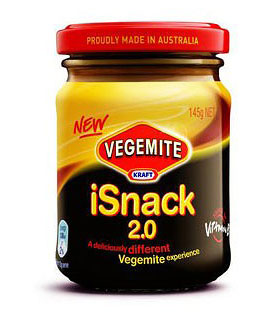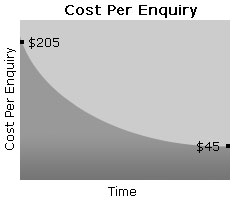You might be thinking “hey, we’ve got quite a bit of traffic to our website these days, we could earn easy money by selling space for banner advertisements!”
STOP you silly goose! Here’s why:
5 Reasons NOT To Sell Space on Your NZ Website For Banner Advertising:
1. Because you don’t really want to send potential customers away to someone elses website
I assume you work reasonably hard at getting visitors to your website in the first place? Perhaps you use techniques like:
Why, after all that hard work, would you send them away again as soon as they arrive?
Is the revenue model for your business “to earn 30c by sending a potential customer away to someone elses website”?
For your sake, I hope not.
2. Because it’s not the action you want your web visitors to take
When you were planning your website with your website developer I’m sure one of their questions was “what action do you want your visitors to take?”
You may have chosen one of the following:
- To call your sales team
- To fill in a contact form
- To sign up for your newsletter
- To buy from you online
Was the answer to that question ever “to send them to someone elses website”?
No, of course not.
3. Because you’re not the NZHerald or TradeMe
Banner advertising is suitable to “portal” website which have truckloads of daily visitors and gazillions of web pages.
No?
Well then selling banner advertising space is not a viable revenue generation model for you.
4. Because you don’t want to look cheap
It is common knowledge that the effectiveness of banner advertising has reduced over time.
One of the major reasons for this is a phenomenon known as “Banner Blindness“.
This is a condition where the more you use the internet, the more you are able to determine what ads commonly look like, and where they are likely to be on the page, so you can easily “tune them out” to the point where you are not conscious of their existence at all.
In response to this “Banner Blindness”, many advertisers resort to cheesy techniques designed to interrupt your visitors in the middle of their tasks, such as “CLICK HERE, CLICK HERE!”
The use of these techniques cheapens your visitors experience of your website.
Additionally, you probably spent considerable time and money getting the colour scheme of your website just how you like it? Well, it is in the best interests of advertisers to create banners that clash with your colour scheme so their ads have a better chance of being noticed.
And if the flashing text and images annoy’s them, who gets the blame for being annoying? Not the advertiser, you. After all, you chose to allow those ads to flash in your visitors faces, so you get the blame. Do you really want to annoy potential customers?
Your website will look cheap. And I’m thinking that’s not the image you were going for?
5. Because it is not as lucrative as you might think
Let’s say for the sake of argument that you choose to use the Google Adsense programme to handle serving your banner ads for you to save you the significant hassle of doing it yourself.
Let’s see what daily revenue you can expect:
- Daily visitors to your website: Eg 1000/day
- Typical Click-through-rate for Banner Ads: 0.5%
- Typical Earnings-Per-Click: $0.30
- Total Earnings per day: $1.50
It’s just not viable.
It makes even less sense if you are using Google Adwords to get people to your website. If you are spending an average of $1 to get a visitor to your website and earning $0.30 to send them away, you should be fired.
What should you be doing instead?
Here are a few ideas for how you can improve your website and earn more money than you ever could with banner ads:
- Count the number of clicks it takes for a web visitor to take the action you want them to take. Make changes to halve that number.
- Reorganise the content of your website around your potential customers goals (i.e. solving the problem they’ve got), rather than around your goals (i.e. selling what you’ve got)
- Invest in Search Engine Optimisation so Google sends you potential customers for free
Need More Help? Need to Generate Better Results From Your Website?
If you have a small-medium sized NZ business, then I can help you with:
- Generating more traffic using Search Engine Optimisation and Google Adwords
- Converting your web visitors into paying customers
Call me now on (07) 575 8799 or email me for your FREE 45 minute Marketing and Advertising Review.



